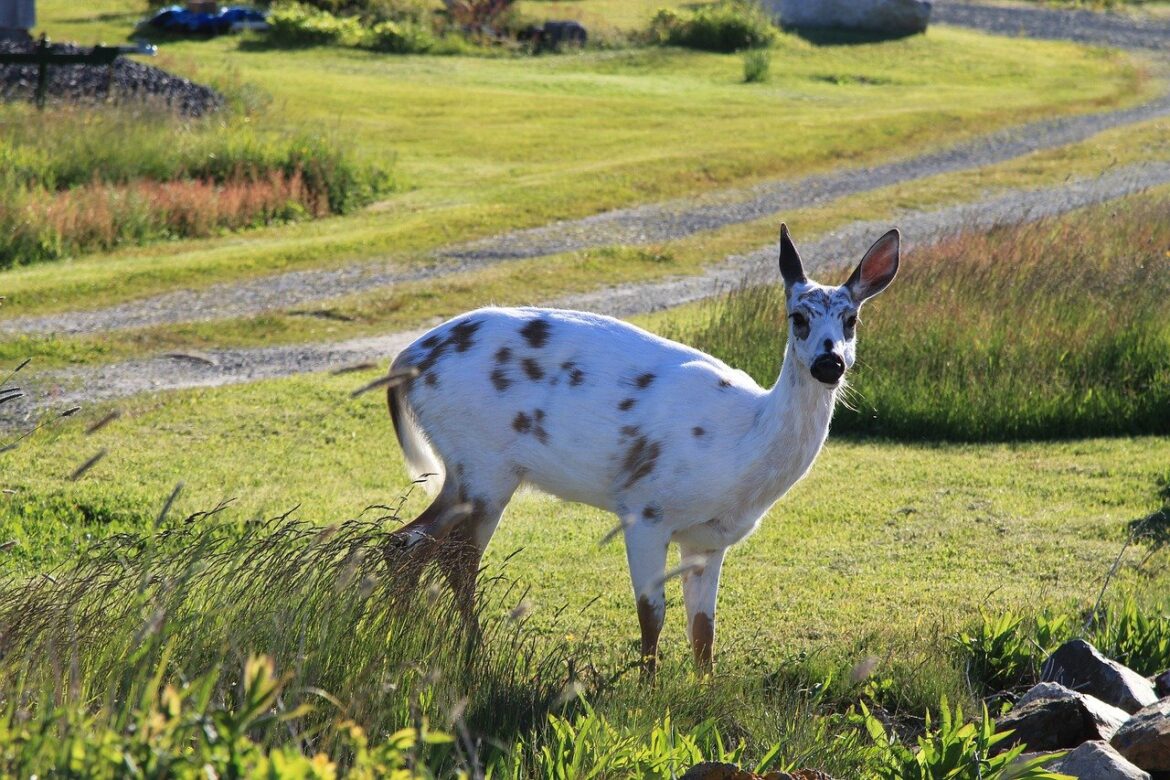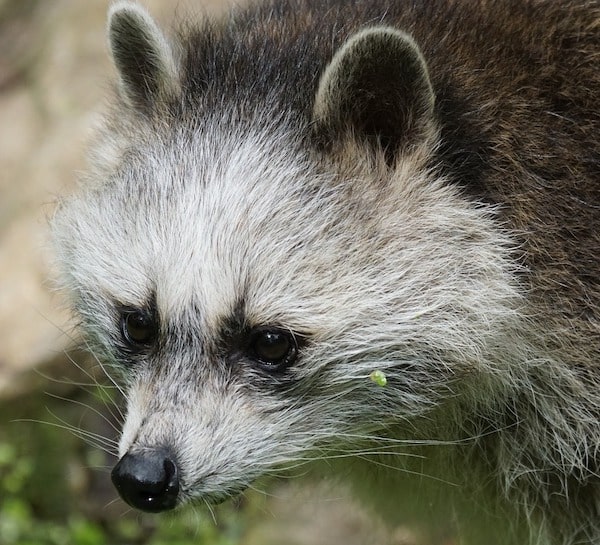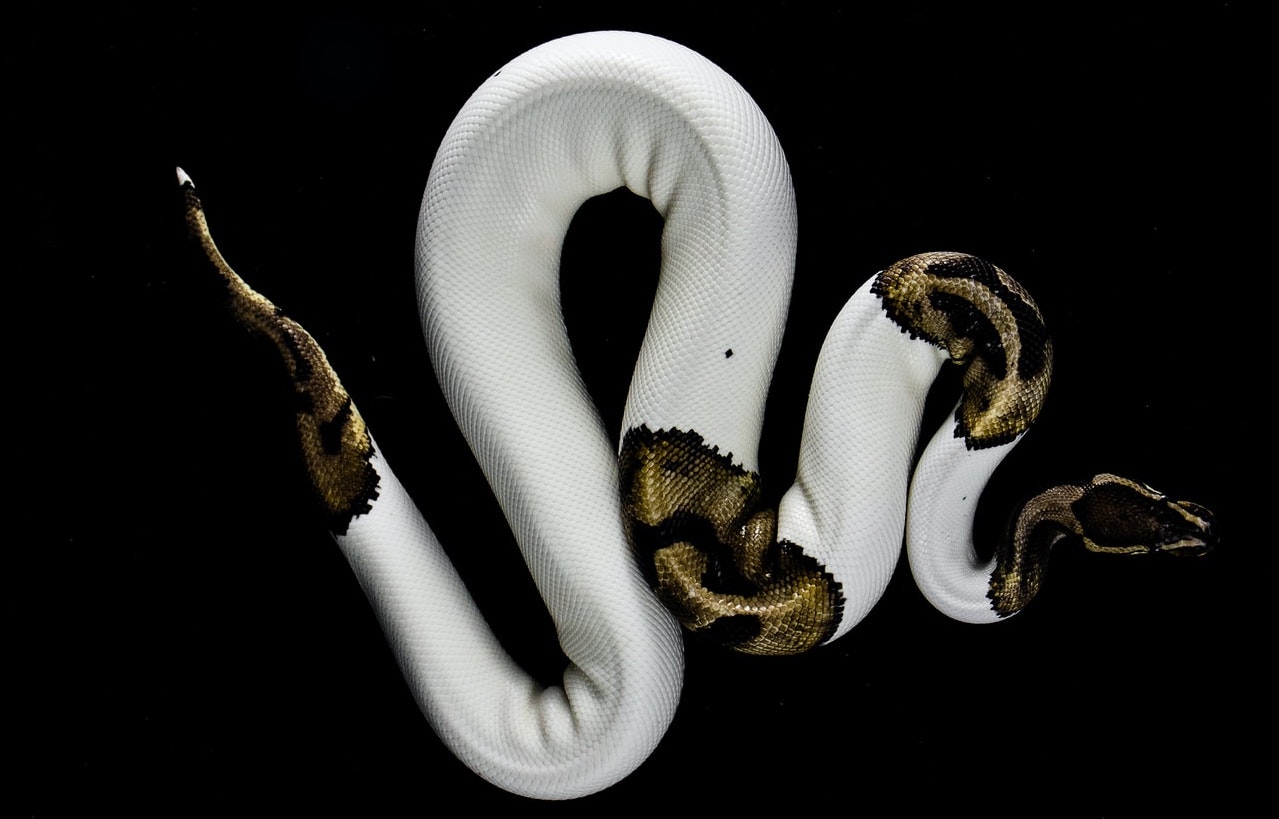Did you know Bambi was a piebald white-tailed deer? The 1923 book was written by an Austrian man and the story likely was meant for the European woods. The movie adaptation was set in Maine, in the United States. But was there something special about Bambi? What is a piebald white-tailed deer?
What is a piebald white-tailed deer?
A piebald white-tailed deer is a brown deer with white spots. Piebald spots are unpigmented spots on the skin of the deer. They may have one large spot, several small ones, a mere smattering, or be mostly white with their natural brown sneaking in.
Piebald white-tailed deer are a rare occurrence. Their specific coloring and behavior have fascinated people for years, and they have been the subject of much scientific study. The term “piebald” has its roots in the distinctive coloring of magpies. It’s used to describe animals that have unpigmented spots on a pigmented background. In the case of piebald white-tailed deer, this manifests as white spots on a brown or reddish-brown coat.
Is piebaldism a genetic defect?
It is. Piebaldism is a rare autosomal dominant disorder characterized by the congenital absence of melanocytes in affected areas. The disorder can show in skin and hair due to c-kit gene mutations. The embryo is affected long before birth.
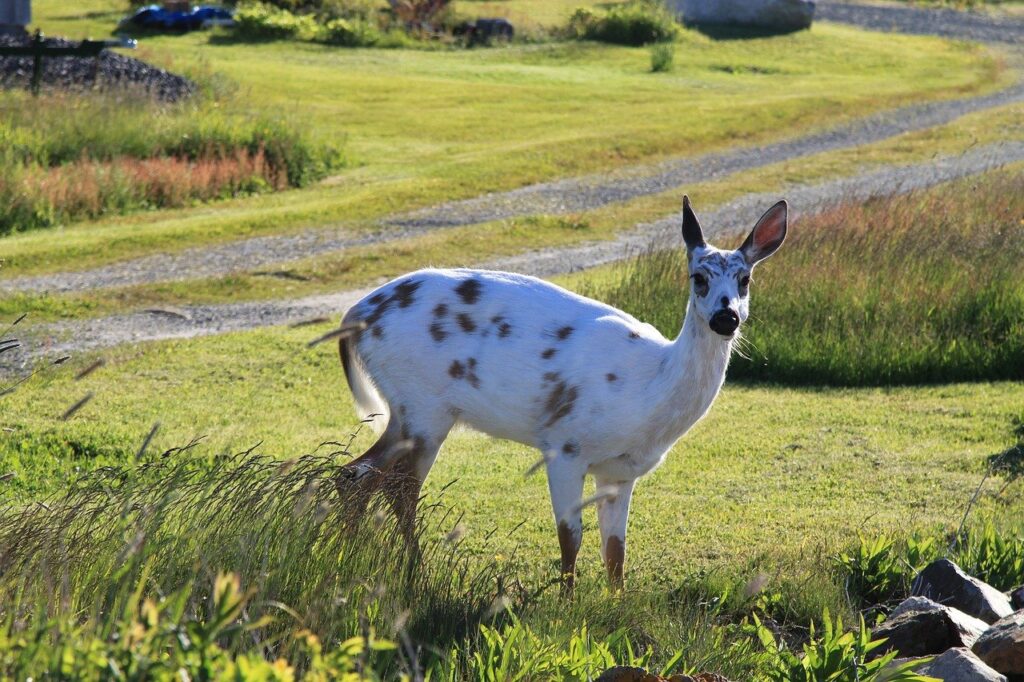
Why is it called piebald?
In Old English, piebald meant bold, fearless, or intrepid. Then in Middle or medieval English, “pied” suggested contrasting colors comprising the quarters of livery, costume, jester, or minstrel outfits. It originally comes from “magpie” and “bald” (white spot), referring to the black-and-white magpie. (i.e. the “bald” eagle has a white head.)
How does piebald compare to albino, leucistic, and melanistic?
We’ve discussed piebald coloration above. In comparison, albino white-tailed deer are completely without pigment (all white, or an off-white yellow), and have pinkish-red eyes. Leucistic white-tailed deer are all white and have blue (or other color) eyes. Melanistic white-tailed deer are all black because instead of little or no pigment, they’re heavily pigmented. And yet, genetically, none have anything to do with the other. Each condition represents less than 2% of the population in the wild.
What does that mean?
Albinism is a condition inherited from recessive gene alleles and related to the severe reduction in melanin production. In other words, it’s a genetic condition that didn’t pass on any color. In contrast, leucism, also caused by recessive alleles, is recognized by reduced pigmentation through a reduction in all skin pigment types.
Piebaldism, seen as irregular patches of white, is simply partial leucism.
Is piebaldism in white-tailed deer gender-based?
Actually, it’s not. Males and females are affected equally. It’s dependent on genes, as stated above. If both parents are piebald, they’re more likely to have piebald offspring.
Is piebaldism in white-tailed deer due to inbreeding?
Piebaldism isn’t from inbreeding. Because it’s a dominant gene, offspring born from a piebald deer bred to a brown deer has a 50/50 chance of being piebald. If a fawn is born with a white fur outline around an eye, the eyes are often blue, but if it has brown fur around the eye, the eyes are usually brown.
Regular deer colors have better antler development, but piebald deer attract a bigger crowd. Bigger crowds may build awareness for protecting the piebald and albino deer.
How rare is a piebald white-tailed deer?
The piebald white-tailed deer trait may show as often as 1 in 1000, but albinism is only 1 in 30,000 white-tailed deer. That said, if you’re looking to sell the entire deer or just the pelt, you’re unlikely to get any more money than you do for a regular white-tailed deer.
On the other hand, some markets will bring a good price for a living piebald fawn, and bucks are worth more than does. But the piebaldism must be more than a small mark. Full mottling brings a higher price.
Still, you’ll need to know your location.
In Tennessee, it’s illegal to trap, hunt, or possess a true albino deer. It’s considered a Class B misdemeanor and comes with a $500 fine. But is it illegal to hunt a piebald white-tailed deer? According to Gerry Bethge of Outdoorlife.com, “Illinois, Iowa, Minnesota, Tennessee, and Wisconsin prohibit killing albino deer and Iowa goes so far as to protect deer that are 50 percent or more white.”
According to Wisconsin’s 2020-2021 hunting guide, it’s illegal to possess or kill an albino or leucistic deer.
Can you breed piebald white-tailed deer?
You can try. However, Reading Eagle says, “all attempted matings of two piebald deer have failed to produce offspring.”
Also, you don’t get a piebald deer by mating an albino deer and a regular color deer. It’s a different genetic makeup.
There’s more. Piebald white-tailed deer often have other abnormalities that regular colors don’t usually suffer from. These include internal organ malformations, deviated limb joints, spine curvature, shorter legs, and even dorsal nose bowing. Piebald deer can breed with regular color deer and produce both piebald and regular fawns. But the piebald offspring are more likely to manifest or carry deformative genes.
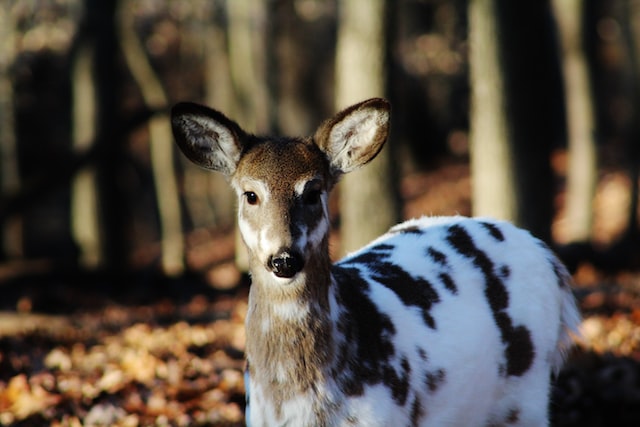
Is hunting piebald white-tailed deer popular?
Sort of. They are more easily seen because of the white mottling, rather than their normal brown color. It makes them easier prey. However, only just over half of the polled hunters would shoot an albino deer if legal, as shown by a February 2019 poll by the National Deer Alliance. That said, since albino, leucistic, and piebald white-tailed deer are so rare, hunters consider them trophies.
Yet, protecting such seldom-seen and intriguing creatures could show the importance of wildlife and their habitats.
What is the lifespan of a piebald white-tailed deer?
Male white-tailed deer have a lifespan of about six years and females of eight. While the genetic abnormalities of a piebald may not affect life span, physical deformities can make them more susceptible to predators.
What is the symbolism of white-tailed deer?
Piebald deer were considered spiritual embodiment passing to or from the spirit world by Indian tribes. Seeing one meant that change was coming.
Do hunters believe in legends, myths, and symbolism?
Of those from the above poll taken by the National Deer Alliance, 90% replied that superstitions wouldn’t keep them from their trophy. Since just over half would shoot the deer and most of them aren’t superstitious, that still leaves half the hunters taking a rare trophy if legal.
Still, legends, myths, and symbolism are cultural. Depending on culture or location, different beliefs may be observed. However, these are commonly associated with the albino stag or doe, rather than the piebald white-tailed deer specifically.
The white color exemplifies purity, innocence, and altruism. In contrast, piebald color represents fearlessness, boldness, and in the Native American culture, change.
Austrian legends and myths that say killing a white deer will bring the hunter bad luck or even the death of a family member.
But it still doesn’t tell us if killing a piebald one is bad luck. Should we really take the chance?
Some superstitious hunters believe that killing a piebald deer can bring bad fortune. Others believe it will curse the hunter. Some even believe that simply spotting a piebald deer can cause poor hunting or bad luck. A few Europeans believe that killing a piebald deer brings death to the hunter within a year.
Celtic Legend
The white stag in King Arthur’s legend was likely piebald. That would have meant the animal would have had brown or black eyes, rather than blue (leucistic) or pinkish-red (albino).
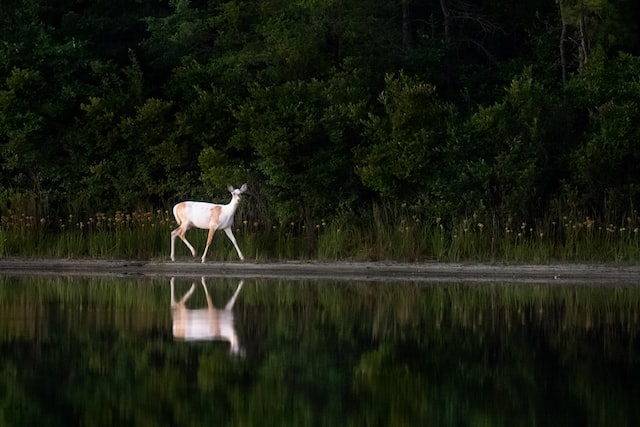
Hungarian Legend
The white stag is significant to the Hun and Magyar people as a catalyst for settling in Scythia. In fact, the stag in general has ancient and endless significance for the Hungarian people. They even saw the stag as the “carrier of the sun.”
Japanese Legend
According to Shinto beliefs, deer were considered “sacred messengers of the gods.” Like the Chinese, the Japanese see the white deer as a sign of longevity.
The Tail-End
The piebald, white-tailed deer is often a motley of white splotches on the brown-colored canvas of the deer. Their coloring may increase superstition or simple popularity. But conservationists want to increase awareness for the albino, leucistic and piebald deer around us. If we can help the deer through increased cultural portrayal and beliefs, the world will have one more creature of beauty to admire. The question is if we view this wildlife from its natural habitat or hanging from our wall.
